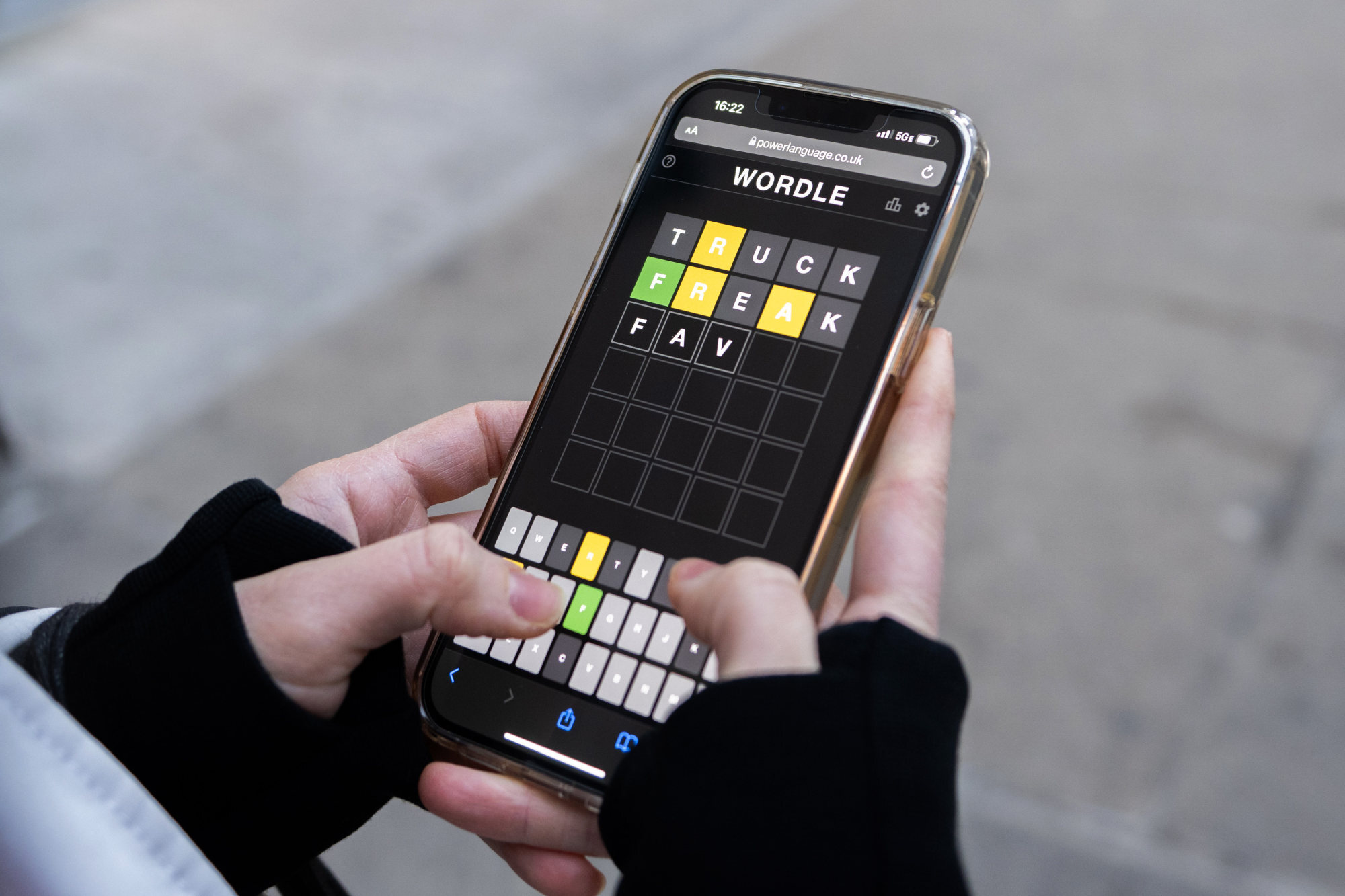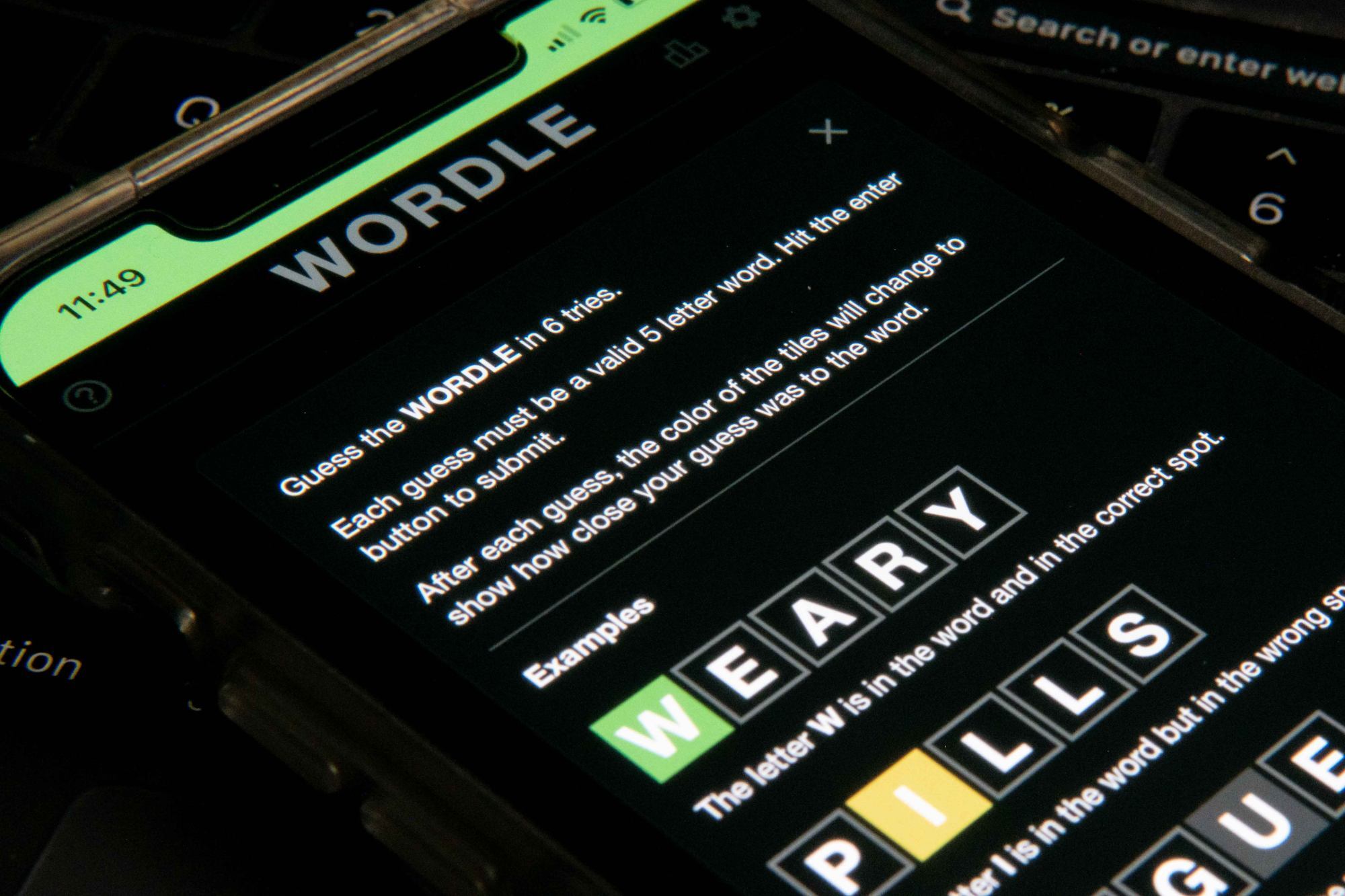Advertisement
Advertisement

Opinion
Language Matters
by Lisa Lim
Language Matters
by Lisa Lim
Wordle is wonderful – just look at the versions of word game it’s inspired in languages such as Hindi, Chinese, Arabic … even Star Wars’ Klingon
- Wordle, the daily word puzzle that’s swept the English-speaking world, has inspired versions in other major world languages, and in some invented ones
- Even creoles such as Singapore’s Singlish are covered, as are endangered languages like the Native American tongue Comanche, such is the game’s appeal
The best part of Wordle – that online word puzzle that has players posting their coloured-square achievements on social media – is not that millions of people have become enamoured with language, with participants plumbing new depths of their vocabulary and learning about linguistic patterns, such as letter frequency and combinations.
No, the best part of Wordle is that it is no longer being played solely in English, the language in which it was initially developed. It now encompasses a multilingual world, its code adapted, by engineers, fans and advocates, for a diversity of languages and scripts.
Wordles of the World, the most comprehensive list of Wordle-like games and resources online, has more than 600 entries, which include variants such as domain-specific games, as for Star Wars or Harry Potter, or those with non-linguistic targets, such as poker hands or four-note chords.
Multilingual Wordle-like games number 386, spanning 134 languages across all continents. This scope encompasses not just widely used languages such as Spanish, French, Arabic (in Arabic script), Hindi (using Devanagari abugida units), Indonesian and Hausa, but also several Sinitic languages, with diverse input, including Mandarin (using characters, Pinyin, or bopomofo), Cantonese (Jyutping system) and Tâigí/ Taiwanese (Pe̍h-ōe-jī romanisation), smaller languages such as Basque and Icelandic, extinct ones like Akkadian, and constructed ones, like Quenya (for J.R.R. Tolkien’s Elves) and Klingon (from Star Trek).

However, it is two groups of language varieties that are most noteworthy.
Contact languages or creoles – languages that are fully fledged but often considered not “correct” or “legitimate” by laypeople – have a presence: Mauritian Creole, Macanese patuá, Hawaiian Pidgin, the Spanish and Portuguese-based Papiamentu of the Dutch Caribbean, and Singapore’s Singlish, named Word-leh!, playing on Singlish’s widespread Sinitic particles.
Where does the word ‘Omicron’, variant Covid-19 name, come from?
Where does the word ‘Omicron’, variant Covid-19 name, come from?
Also heartening to see are several endangered languages – varieties that have few remaining speakers, often only in the older generation, with little or no transmission to the young. These include several languages of the First Nations in North America, such as Comanche (whose endonym is nʉmʉ tekwapʉ “language of the people”) and Alaskan Inuit language Iñupiaq, ‘Ōlelo Hawai‘i (Hawaiian), and two Australian Aboriginal languages, Bardi, of the people of northwestern Australia’s Dampier peninsular and neighbouring islands, and Gamilaraay, from southeastern Australia.
It’s often through engaging activities, such as those trending in new media, that cultural and linguistic knowledge is afforded visibility and renewed attractiveness, thus holding huge potential for encouraging language learning and supporting language diversity and vitality.


Post
